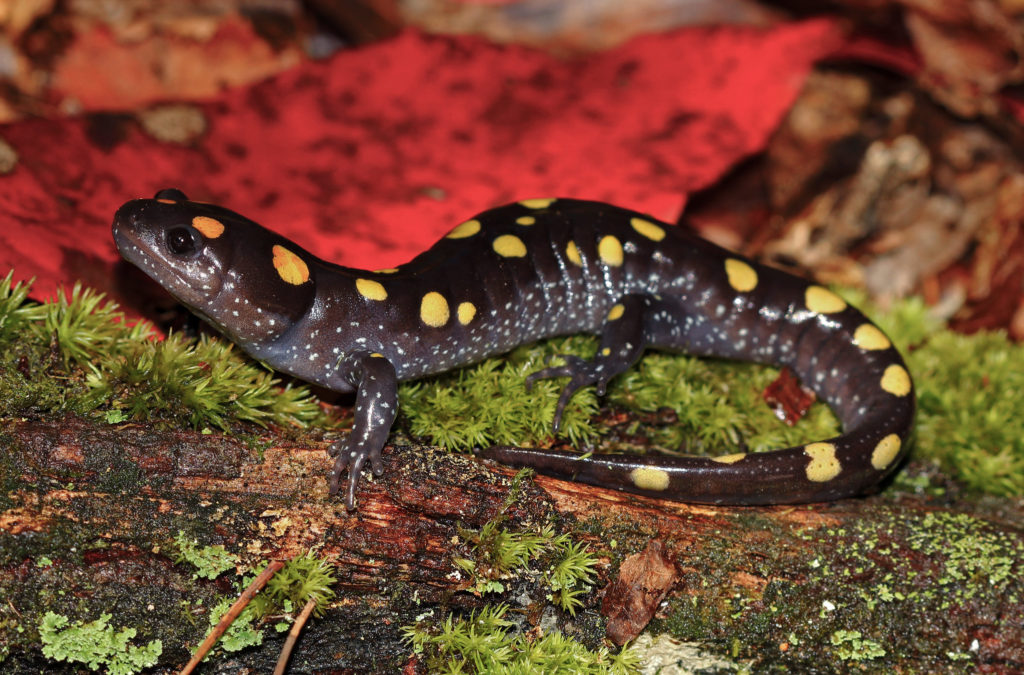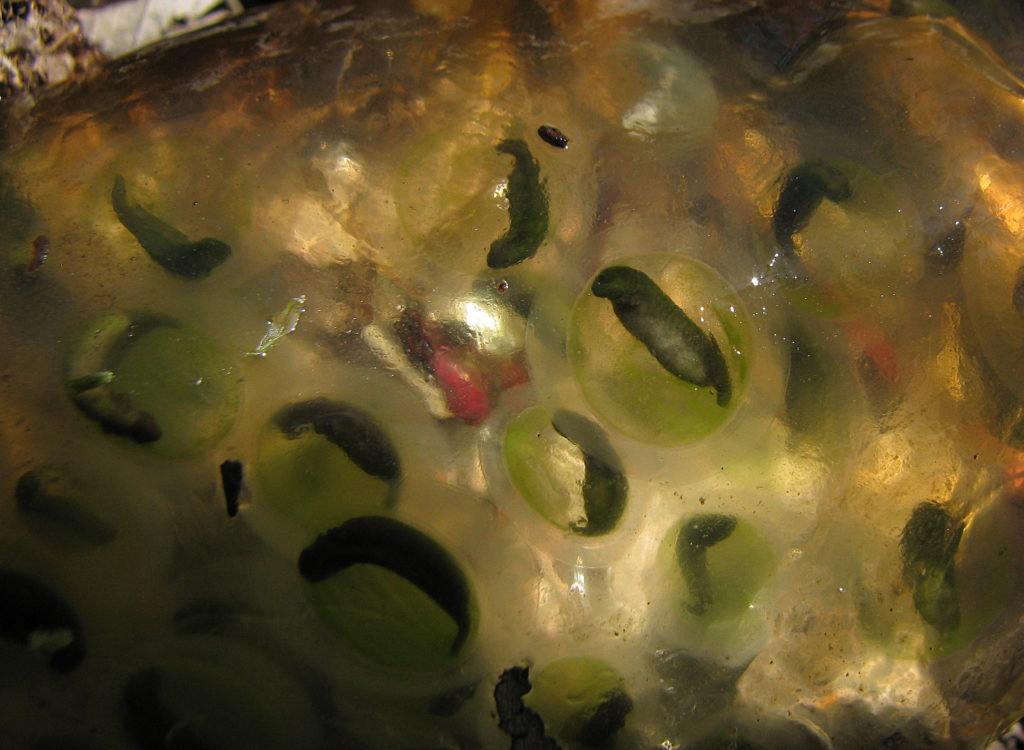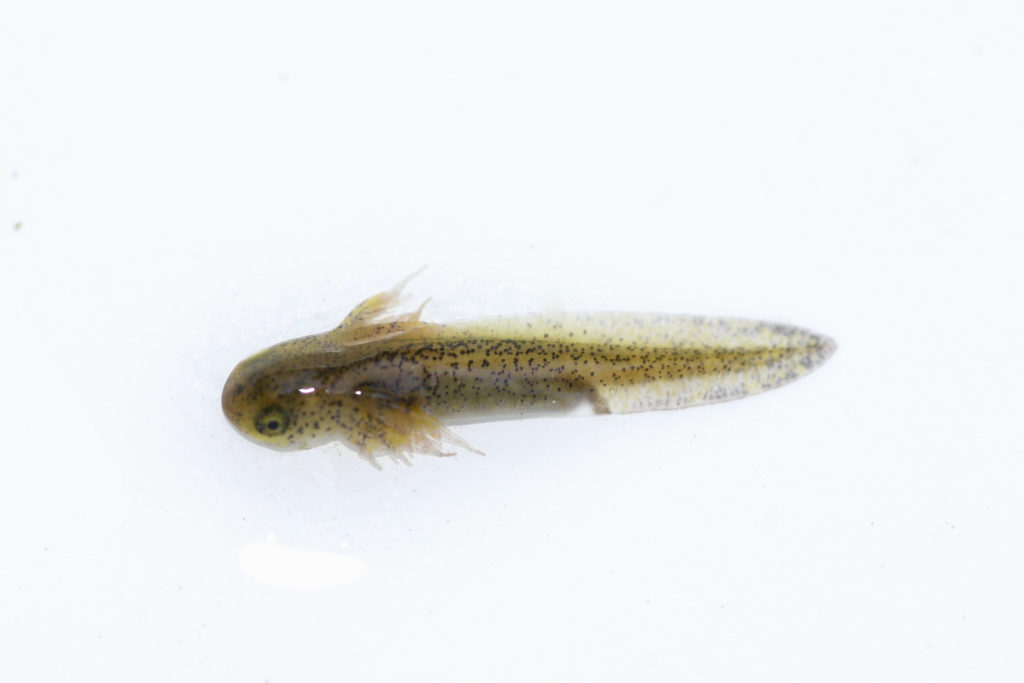Welcome to Creature Feature, a weekly series from the CELT education team highlighting local wildlife. Each week, we will share a short introduction to a local organism that you might encounter in your backyard or on our trails.
Meet the Yellow Spotted Salamander, one of my all time favorite animals in Maine!

Yellow spotted salamanders are very secretive amphibians who are members of the Mole Salamander family.
Like many salamanders, yellow spotted salamanders live in woodlands near lakes, ponds, rivers, creeks and vernal pools. You can find them throughout Maine, maybe even your backyard!
Adult salamanders like to hang out in underground burrows, beneath fallen logs and rocks. They spend their entire adult lives within a half mile of the vernal pool they hatched from.
These salamanders enjoy eating aquatic insects and invertebrates like worms and bugs found in the soil and they in turn are food for turtles, snakes, raccoons, skunks, and some types of birds.

On a rainy night in early spring, salamanders will migrate from their forested home to a vernal pool where mating occurs. Females lay anywhere between 30 and 250 individual eggs that are surrounded and protected by a jelly like mass that looks and feels like a big blob of jello! When the eggs hatch the tiny tadpoles spend the next couple of months in the vernal pool eating, growing and going through a metamorphosis into adults until they are ready to leave the pool and live on land.

Yellow Spotted Salamanders can grow 6-9 inches long and some can live 20 years or more.
If you go out looking for salamanders be very respectful of their home. Be sure to get your hands a bit damp before picking up a salamander — they have very sensitive skin! Stay crouched down close to the ground to be sure the salamander does not fall out of your hand. When you are ready to return them to their home, replace the log or rock then let the salamander crawl back under. This helps ensure that the salamander doesn’t get hurt.
